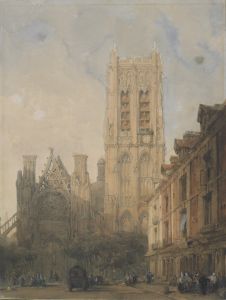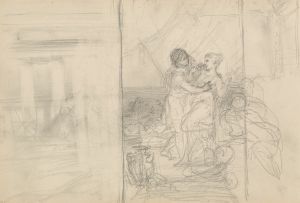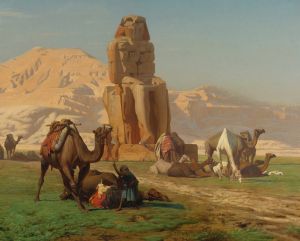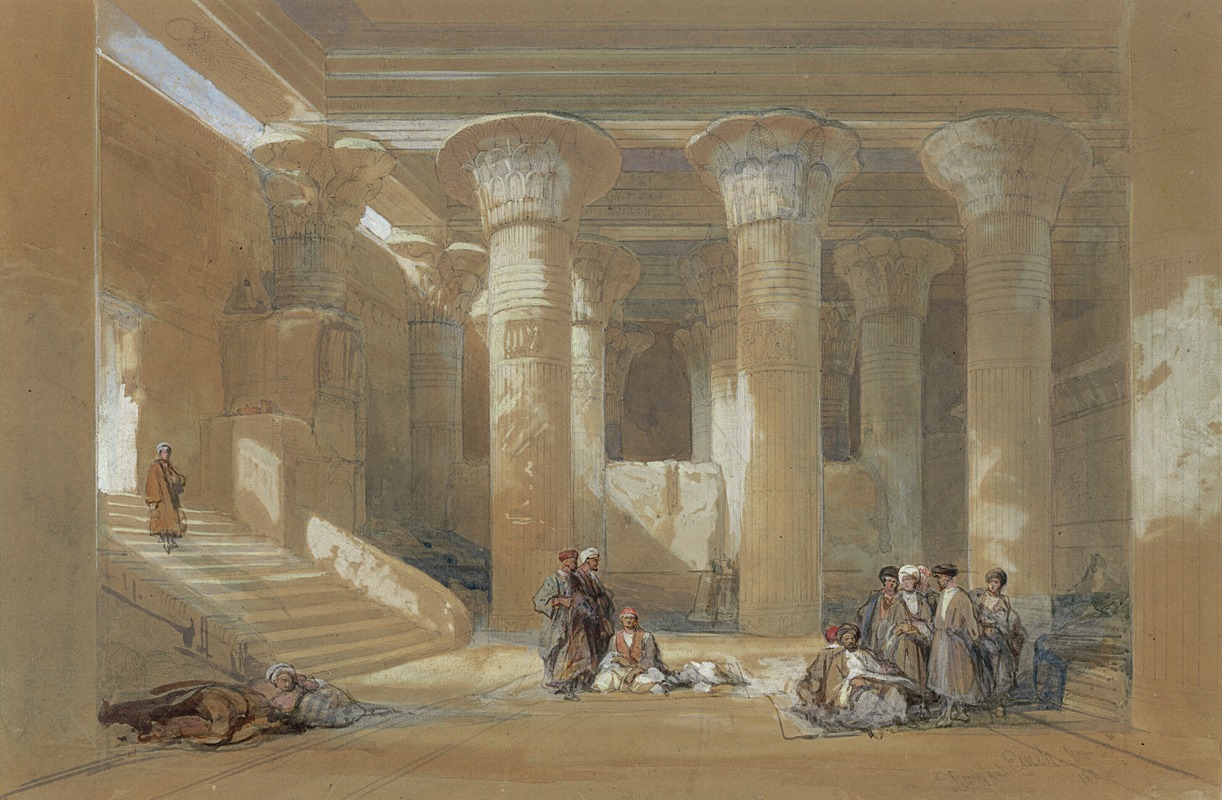
The Grand Portico at the Temple at Esneh, Egypt
A hand-painted replica of David Roberts’s masterpiece The Grand Portico at the Temple at Esneh, Egypt, meticulously crafted by professional artists to capture the true essence of the original. Each piece is created with museum-quality canvas and rare mineral pigments, carefully painted by experienced artists with delicate brushstrokes and rich, layered colors to perfectly recreate the texture of the original artwork. Unlike machine-printed reproductions, this hand-painted version brings the painting to life, infused with the artist’s emotions and skill in every stroke. Whether for personal collection or home decoration, it instantly elevates the artistic atmosphere of any space.
David Roberts was a Scottish painter known for his detailed and picturesque depictions of architectural and historical sites, particularly in the Middle East and North Africa. One of his notable works is "The Grand Portico at the Temple at Esneh, Egypt," which captures the grandeur and intricate details of the ancient Egyptian temple located in Esna, a city on the west bank of the Nile River.
The Temple of Esna, also known as the Temple of Khnum, is dedicated to the ram-headed god Khnum, who was believed to be the creator of humanity in Egyptian mythology. The temple is renowned for its well-preserved architecture and elaborate carvings, which include hieroglyphics and depictions of various deities. The temple's construction began during the Ptolemaic period and continued into the Roman era, reflecting a blend of Greek and Egyptian architectural styles.
Roberts visited Egypt in the early 19th century, a time when European interest in ancient Egyptian culture was burgeoning. His journey was part of a larger expedition to document the landscapes and monuments of the region. The artist's travels were facilitated by the increasing accessibility of the area following Napoleon's campaign in Egypt and the subsequent scholarly interest it sparked.
"The Grand Portico at the Temple at Esneh, Egypt" is part of a larger collection of lithographs published in Roberts' "The Holy Land, Syria, Idumea, Arabia, Egypt, and Nubia," which was released between 1842 and 1849. This collection was highly influential in shaping Western perceptions of the Middle East and contributed to the 19th-century fascination with Orientalism. Roberts' works were characterized by their attention to detail and accuracy, qualities that were enhanced by the lithographic process, which allowed for wide distribution and accessibility.
In this particular piece, Roberts captures the imposing columns and the intricate carvings that adorn the portico of the Temple of Esna. The lithograph highlights the temple's grandeur and the skill of ancient Egyptian artisans. Roberts' depiction is not only an artistic achievement but also serves as an important historical document, providing insights into the state of the temple during the 19th century.
Roberts' work was well-received in his time and continues to be appreciated for its artistic merit and historical significance. His depictions of Egyptian architecture and landscapes have been valuable resources for historians and archaeologists, offering a glimpse into the past and preserving the visual history of sites that have since undergone changes due to environmental and human factors.
Overall, "The Grand Portico at the Temple at Esneh, Egypt" exemplifies David Roberts' contribution to the documentation and appreciation of ancient Egyptian culture. His work remains a testament to the enduring allure and mystery of Egypt's architectural heritage.





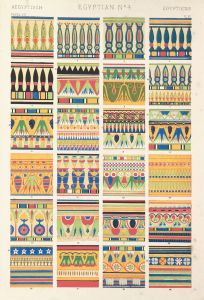
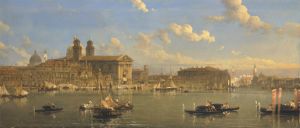
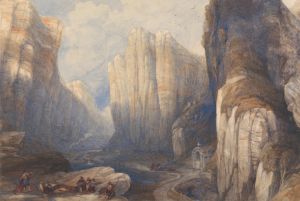
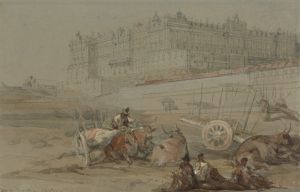
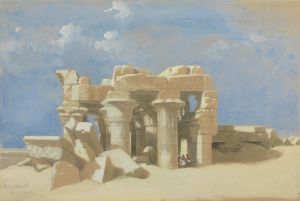
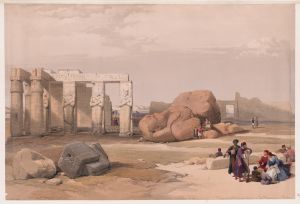
![Gate of Victory [Bab an-Nasr], and Mosque of El Hakim.](/imgs/217487/s/david-roberts-gate-of-victory-bab-annasr-and-mosque-of-el-hakim-b179ecfb.jpg)
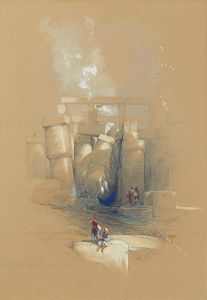
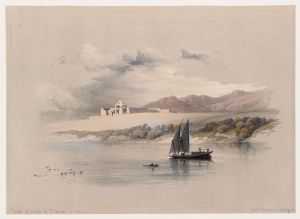
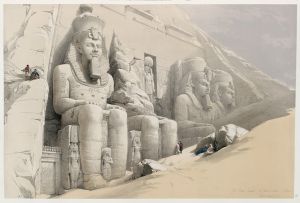
![Tombs of the Memlooks [Mamelukes], Cairo](/imgs/217569/s/david-roberts-tombs-of-the-memlooks-mamelukes-cairo-a3263294.jpg)
